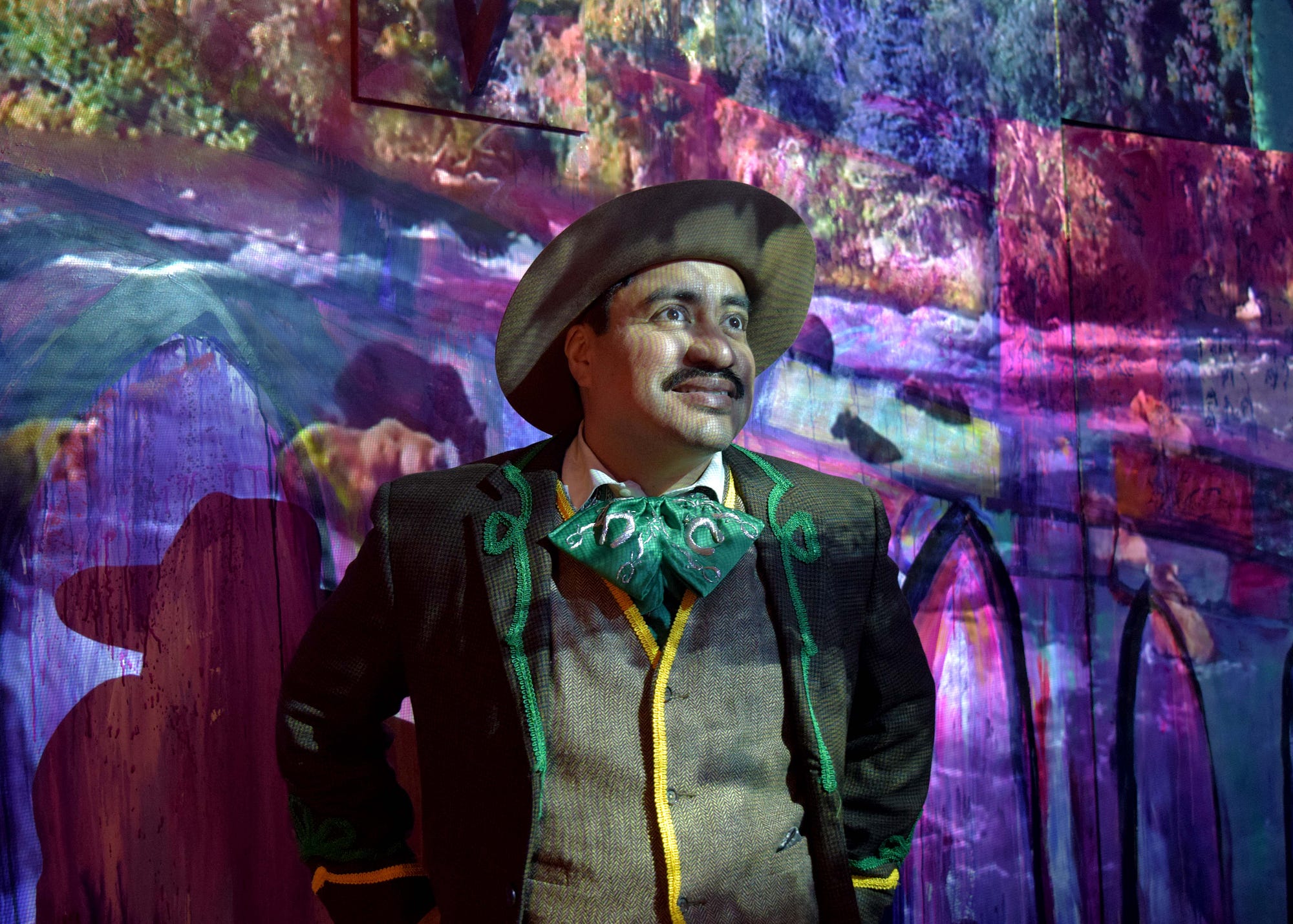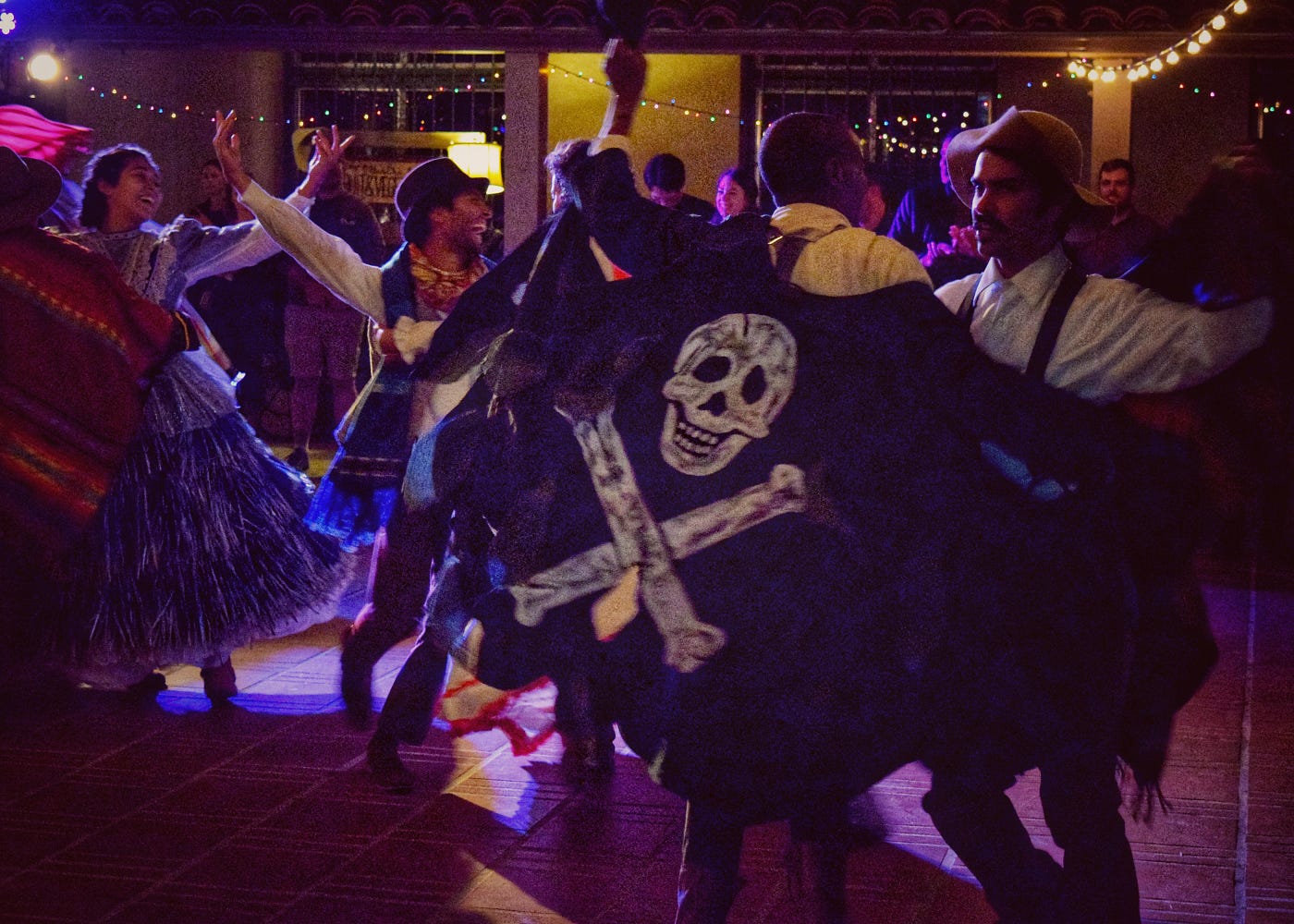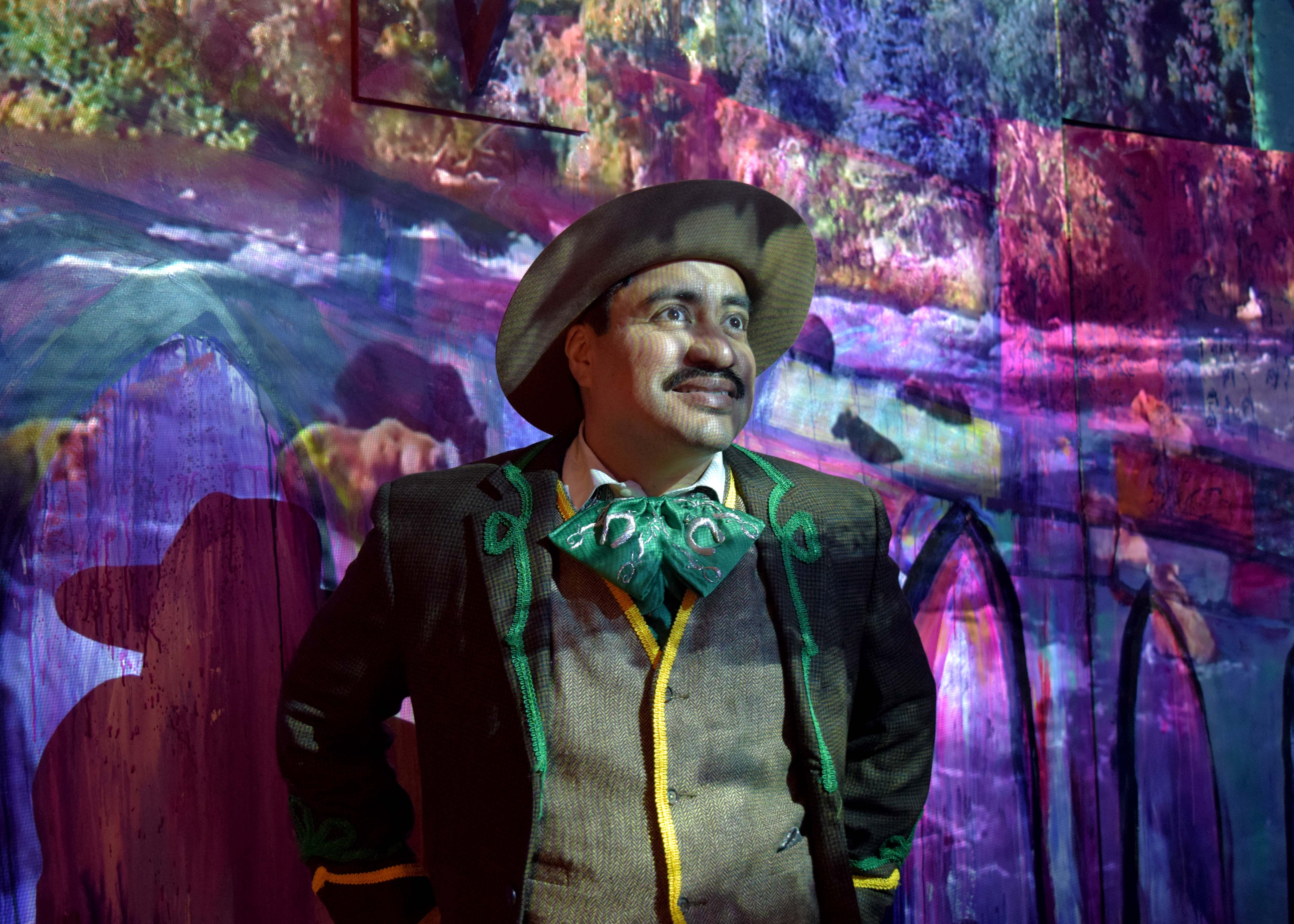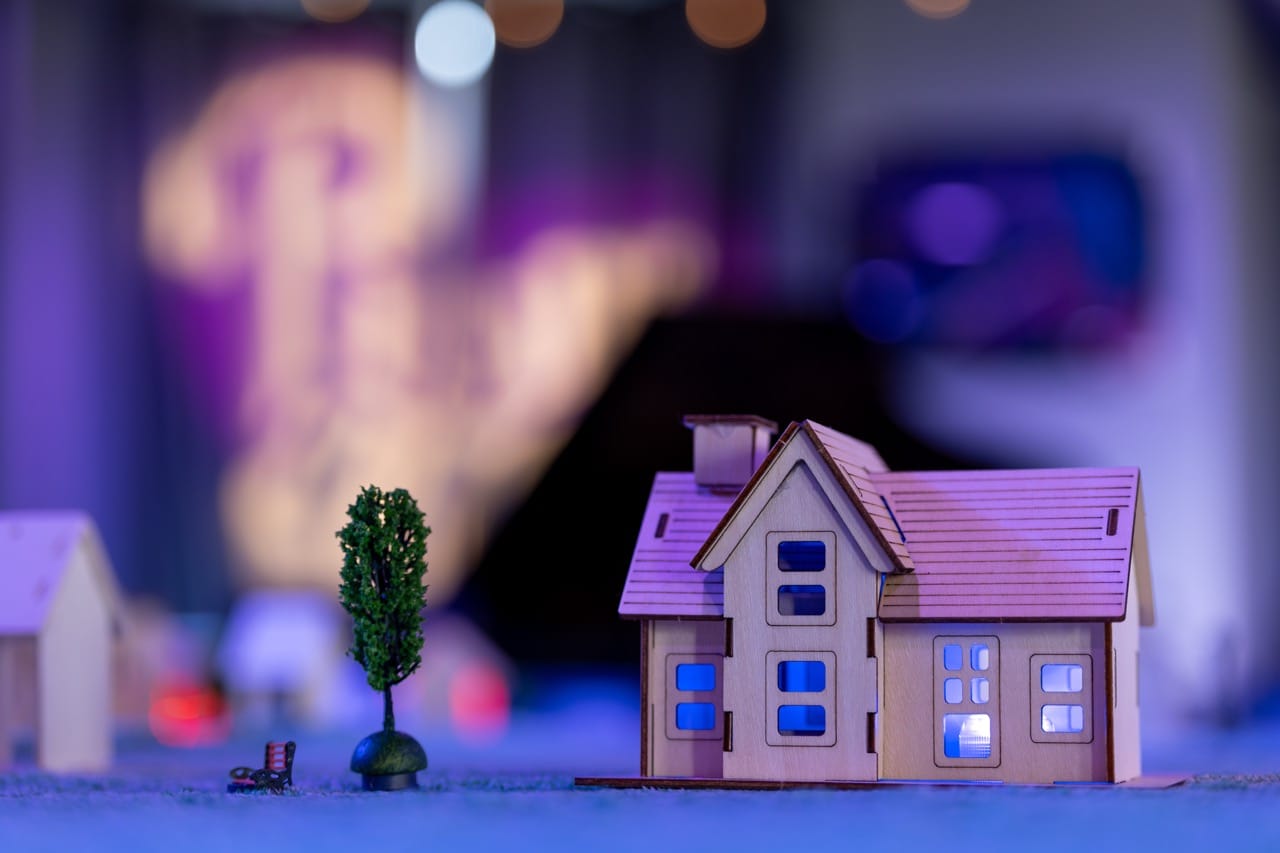
The rest of the country likes to think of Los Angeles as a blank slate: a city populated by transplants with no history or culture to call its own.
Angelenos — native or adopted, I’m the later by way of the Bay Area, kinda — know better. Los Angeles may be the youngest of the cultural capitals of the world, but officially recorded histories only tell so much of the story. The city has emerged in a dramatic age with waves of migrants of every type making their way to LA as a kind of promised land.
Eugene Plummer’s family were such people.
His father was Canadian and his mother Mexican and Irish who came to LA when Eugene (aka Eugenio) was a boy. In time they both would own land that that covered large parts of what would become Hollywood and Mid-City only to go on to lose it all.

Plummer Park is named after Eugene Plummer, and it is both the site of his family home in what became West Hollywood and Rogue Artist Ensemble’s entirely charming Señor Plummer’s Final Fiesta. Based on a biography of Plummer written in the early 20th century (and reprinted for the show), the story — like the book — mixes history with tall tales and myth, putting fact alongside fiction in a way that reveals the soul of Los Angeles.
Rogue accomplishes this through a combination of puppetry, song, installation art and seeming narrative anarchy. The show uses a semi-sandbox format, with audience members starting on tracks and then being afforded the opportunity to jump lines at will. Well, with a notable exception, but we’ll get to that.
On opening night some bugs were still being worked out, and this reporter fell out of synch with the tracking system during the opening rotation thanks to a late firing sequence and an injunction that suggested there was more to see in a spot than there actually was at that moment. But wandering feet and eyes led me to a throughly charming and engaging scene that carried me back into the narrative sweep.
The scenes are all largely self-contained, with characters and themes drifting in and out like so many memories. Indeed the conceit of the piece is that we’re inside Eugenio’s memories, following traces that the old man himself can’t quite put together the way they actually went, so we’re getting what he remembers.

This gives Rogue carte blanche to bring the full sweep of their talents — from puppetry to tech infused installation work — into play. The courtyard of the Plummer Park hall complex is filled with a cut-away recreation of Plummer’s house, which once stood yards away, and in many of the rooms miniature worlds have been created: a courtroom, a saloon, an altar. The curious are rewarded for exploring.
Get Noah J Nelson’s stories in your inbox
Join Medium for free to get updates from this writer.
SubscribeSubscribe
Thanks to the vignette format the memory play embraces — and the two rotation structure — even someone who falls “off track” won’t be stranded looking for a linear thread to follow. Instead the scenes build on each other without requiring each other. For a sandbox show that’s the safest route to keep a large audience engaged.
Well, that and the sheer joy that is exuded in the show.
Myth bleeds into history as land sharks become literal sharks and widows become totem spirits and back again. Most of Eugenio’s memories have a peppy, dream-like quality.
And then there is the nightmare.
One room inside the complex is given over to the darker chapters of Plummer’s memories. Moments from LA’s past when the worst of xenophobia and hatred reared its head to deadly effect. It is realized with the same level of fidelity that Rogue’s Kaidan Project: Walls Grow Thin was executed. A relatively simple but immensely clever technical trick provides literal focus as a small part of the audience is led through a series of rooms depicting the story’s darkest beats.
And then you are popped back out into the town square. Where the larger than life figures in Plummer’s memories roam. Where you too have become part of the old man’s dreams and history, linking present and past in a way that only imagination can.

Señor Plummers’ Final Fiesta is the best kind of living history, one that I hope finds a way to become an LA perennial.
You can relive Eugenio’s memories through November 18th, thanks to an extended run. Tickets start at $45.
NoPro is a labor of love made possible by:

…and our generous Patreon backers: join them today!
In addition to the No Proscenium web site, our podcast, and our newsletters, you can find NoPro on Twitter, Facebook, YouTube, Instagram, in the Facebook community Everything Immersive, and on our Slack forum.















Discussion